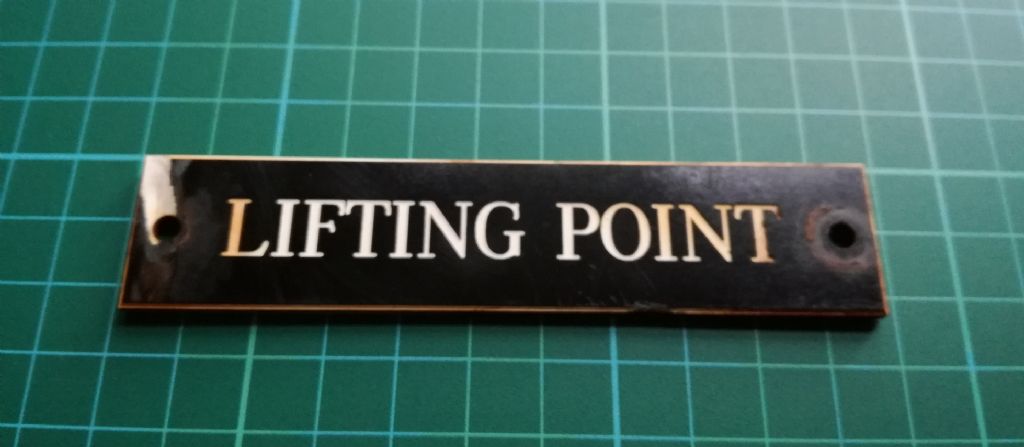I worked early in my career at a huge US controls firm's Canadian branch plant, early 1980's. There was a department there that engraved then paint-wiped all manner of panels and tags. They made such engraving and paint wiped plates for industrial controls, valve products of all kinds, and military cockpit panels. One day I was in the department they were making a small replacement instrument panel section for the CF-100 aircraft. There were still some in service at that time with the RCAF and I was told this particular panel got abraded by a hose or pilot clothing over time, and periodically needed replacing.
Anyway, they used a manual pantograph type engraver with V shaped D bit engraving bits. There were storage cabinets with dozens of sets of guide lettering typeface blocks of different fonts and sizes. The main technician for the department was a lady called Doris, who had been doing the job for over 30 years at the time. She was very fast on all aspects of the work, and I expect she could give a CNC engraver a run for its' money in a panel making race if she were alive and at her equipment today (but sadly both she and the equipment are long gone). The other member of the department was a gent Gordon who helped with the typeface setup, proofreading the typeface before engraving, and doing the mountain of QC paperwork for the military related work.
I got to know this department when they requested some specially ground engraving points to be designed and made. I got the assignment to design the changes on the points, make the CAD and drawings for them, and coordinate their manufacture with the toolroom. When completed I walked the points over to the department and watched as Doris tested one. It worked as hoped, and I enjoyed coffee with she and Gordon and had a great chat about panel making. One important secret they let me in on was that they used Ronson lighter fluid on a lint free rag to get a crisp clean one pass paint wipe-up. Good fun.
Edited By Jeff Dayman on 05/11/2022 23:48:31
Nigel Graham 2.





